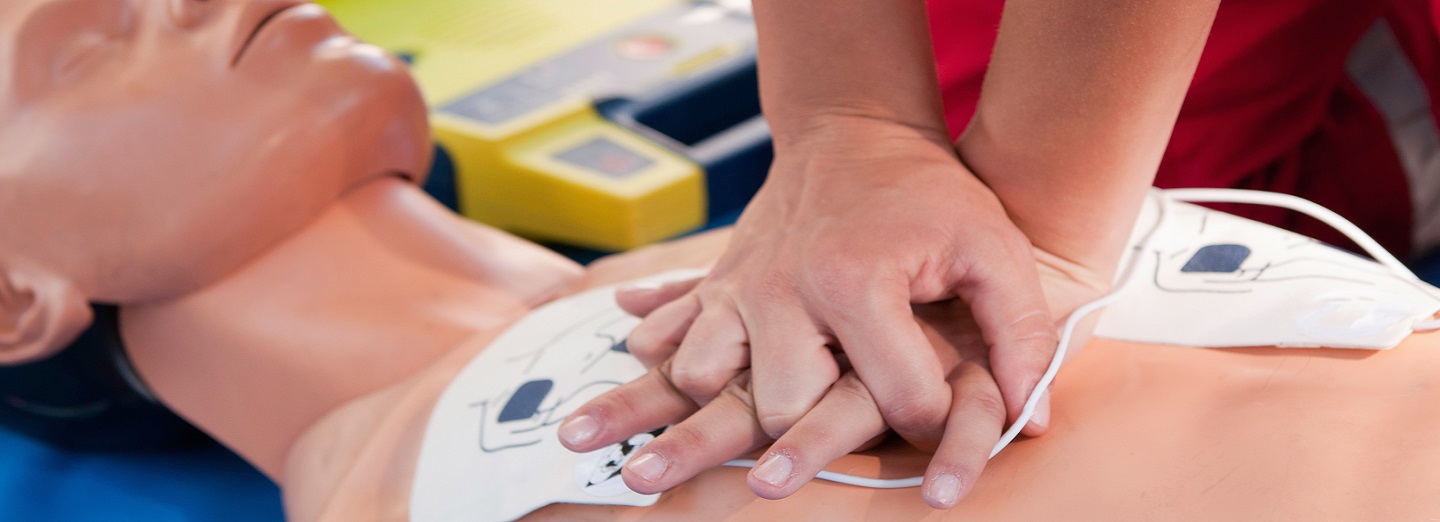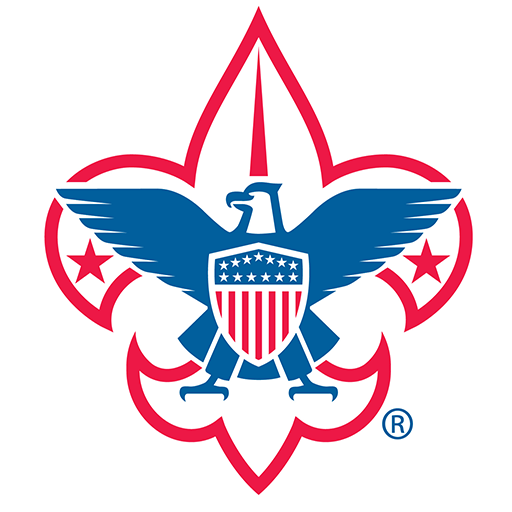First Aid/CPR/AED Training
SUMMARY
Are you prepared to help in a real and very common crisis—one that could happen at any time? Do you know how to correctly perform cardiopulmonary resuscitation (CPR)?
Heart disease is the No. 1 cause of death in the United States. More than 700,000 people had a heart attack last year alone. Because half of those heart attack victims developed symptoms outside of a hospital environment, it is important for everyone to know CPR and automated external defibrillator (AED) techniques. Understanding how to identify and respond early when someone is suspected of having a heart attack or going into cardiac arrest in the outdoors is particularly valuable when advanced medical care may be delayed.
Do you hold a current (or are interested in gaining) American Red Cross Instructor Certification?
Please contact TAC Training Chair Kym Price so we can add your name to our resource lists.

COURSES
The BSA recommends taking courses from nationally accredited organizations that cover rescue breathing as part of the curriculum. The American Red Cross offers this in many locations outside of the USA.
For information regarding courses offered locally, contact the Council Training Chair or your Local American Red Cross station. Online courses through nationally recognized organizations are an acceptable way to learn CPR. However, they must include a practical hands-on component that can be tested by a certified instructor in order to meet the requirements of the BSA.
The BSA strongly recommends that all adult leaders and youth capable of performing CPR properly be trained through a nationally accredited organization. Although certification is not always required for rank advancement and merit badges, it is helpful. Certification as a Red Cross CPR/AED provider lasts for two years and is required for some courses such as wilderness first aid.
GENERAL INFORMATION
When heart attack symptoms strike, beginning treatment as soon as possible gives a person the best chance of survival. Recognizing the signs and symptoms are important in getting early care. Possible signs and symptoms include:
- Severe chest or left arm pain
- Jaw pain
- Profuse sweating
- Gray or ashen skin color
- Nausea or vomiting
- Difficulty breathing
- Indigestion that does not go away
There are other symptoms that can indicate an impending heart attack that you will learn during a CPR/AED course.
Of course, it is best to identify those who may be at risk for cardiac events before leaving for a campout or other event by reviewing their Annual Health and Medical Record (AHMR) and ensuring they have discussed their risk with their health-care provider beforehand.
While the steps for performing CPR are not difficult, and AEDs are designed so that anyone can use them, taking a course is helpful to learn correct techniques. Hands-only CPR is a valuable tool if you have not taken a course or do not have a face shield. Remember to call for help (your local emergency services) and use an AED, if available, every time you respond.




